International Business Machines (IBM) is a stock investors love to hate. But after years of underperformance, the share price has recovered to levels last seen in early 2017.
Whether or not IBM’s organizational changes place it on a long-term growth trajectory is still being determined. However, spinning off Kyndryl Holdings (KD), which had declining revenue and was not profitable, helped. Next, the Red Hat acquisition has been a long-term plus, allowing IBM to grow in the hybrid cloud. Lastly, the firm recently acquired Apptio, positioning it for artificial intelligence (AI) growth.
The current CEO has made well-received changes—revenue and earnings per share are climbing. Consequently, the share price has risen. Moreover, IBM’s dividend safety has improved after a poor stretch.
Affiliate
Try the Sure Dividend Newsletter for high-quality dividend growth stocks. The monthly detailed newsletter includes stock analyses, tables, charts, and portfolio ideas. Risk free 7-day free trial and $41 off only through Dividend Power for $158 per year. Sure Dividend Coupon Code – DP41
Overview of IBM
IBM was founded in 1911. Today, it is a global information technology company that provides integrated enterprise solutions for software, hardware, and services. The company’s specialty is running mission-critical systems for large, multi-national customers and governments leveraging its mainframes, servers, and software. IBM typically provides end-to-end solutions.
After restructuring, IBM now sells software and hardware and provides consulting. The software business revolves around hybrid cloud, AI, and middleware, the software layer that connects applications and devices. The focus of AI is generative AI with watsonx. In hardware, IBM sells the zSystens mainframes, storage, and the Power-based servers. The company has a virtual monopoly in mainframes with a 90%+ market share.
Today, the company has three business segments: software, consulting, and infrastructure. IBM generated annual revenue of about $60,530 million in 2022 and $51,171 million in the last twelve months.

Source: IBM Investor Relations
Related Articles About IBM on Dividend Power
IBM Dividend Analysis
Dividend Growth
IBM is a long-time dividend payer and also a dividend growth stock. The company is one of the few that has paid a dividend consistently for 100+ years. IBM started this streak in 1916 and shows no signs of slowing down. IBM is also a Dividend Aristocrat and a Dividend Champion with 28 years of consecutive annual dividend growth.
The chart below shows the dividend and growth rate since 2007 superimposed over the stock price chart (in gray). The growth in the regular cash dividend has been approximately 8.1% in the past decade, 3.2% in the trailing 5-years, and 1.5% in the past 3-years. Dividend growth has slowed as revenue has declined and the payout ratio has risen.

Source: Portfolio Insight*
Dividend Yield
IBM’s dividend yield has consistently been about 4% to 4.5% since mid-2018. Occasionally, it has spiked above 5% and even 6%, a value few stocks can match. The forward dividend rate is currently $6.64 per share, resulting in a dividend yield of about 4.14%, below the 5-year average of 5.94%. However, it is around three times the average of the S&P 500 Index. Also, IBM is paying a dividend yield that an investor mostly finds in utility stocks and REITs.
Moreover, despite some COVID-19 pandemic-related pressures on revenue and the long-term decline of the top line in the past, IBM has not cut or suspended the dividend. This is a testament to historical dividend safety and the company’s commitment to paying dividends. Granted, IBM’s dividend safety has weakened due to long-term revenue declines and rising debt, but that has reversed.

Source: Portfolio Insight*
IBM’s Dividend Safety
We examine IBM’s dividend safety from the perspectives of earnings, free cash flow (FCF), and debt. It is essential to meet all three criteria. Granted, short-term fluctuations can result in a stock not meeting one. But those are usually transient and not long-term. Let’s do a deep dive into IBM’s dividend safety.
Earnings Perspective
According to the payout ratio formula, estimated earnings and the dividend rate result in a value of approximately 72.2%. The combination of lower earnings per share and increasing dividend rates has caused the ratio to climb in the past decade. We usually prefer a value of 65% or less. Hence, the calculated payout ratio is greater than we desire. That said, the percentage has declined after peaking in 2021. We expect that trend to continue because IBM’s dividend hikes are 1% or less.
Free Cash Flow Perspective
The dividend is significantly better covered by free cash flow. On a trailing basis, operating cash flow was $13,433 million in the last twelve months. Capital expenditures were $1,354 million, giving a free cash flow of $12,079 million. The dividend required $6,016 million in the past twelve months, offering a dividend-to-FCF ratio of about 50%. This is well below our requirement of 70%.
The cash flow required to pay the dividend increased from $3,473 million in 2011 to $5,948 million in 2022. The growth rate has slowed as IBM stopped issuing significant shares in 2015, and the dividend per share growth rate has slowed. It is unlikely that IBM will increase the dividend per share by more than low-single-digit percentages over the next few years because of growth initiates and leverage. Instead, IBM is focused on reducing its debt and bolt-on acquisitions to reinforce its hybrid cloud and AI strategy.
Debt Perspective
One challenge for IBM is its debt. IBM divides total debt into core debt and global financing debt. IBM’s total debt has risen in the past decade and most recently spiked for the RedHat acquisition. Since then, total debt has declined to about $55.2 billion at the end of Q3 2023.
Global financing debt is debt that IBM uses to finance sales to customers and OEM commercial financing to suppliers, distributors, and resellers of IBM products. Global finance debt is about $9.9 billion at the end of the third quarter of 2023. This dollar amount is decreasing yearly as IBM started winding down OEM commercial financing in 2019. This has the benefit of reducing total debt needs and reducing the risk of financing non-investment grade customers. That said, very little of this debt is past due for 90 days or more, and the default rate is very low. IBM has seemingly been prudent in managing this type of debt.

Source: IBM 2022 Annual Report
Core debt is operational debt for running the company and acquisitions. Core debt rose for the Red Hat acquisition, but since then, IBM has aggressively deleveraged and paid down more than $20 billion in debt. However, IBM has periodically increased debt for purchases and other operational needs. Core debt is now about $45.4 billion, offset by $11.0 billion in cash, equivalents, and marketable securities at the end of Q3 2023.
On a total debt basis, IBM’s leverage ratio reached 4.65X at the end of Q1 2020 at the time of the RedHat acquisition. This has come down to about 3.22X in the LTM. If we look only at core debt and cash, the leverage ratio decreases further. We expect the leverage ratio to decrease as the company continues to pay the debt according to its maturity cycle and not add a significant amount of new debt. Similarly, interest coverage went as low as 2.81X by the end of Q1 2020. This has reduced to about 6.13X in the LTM.
IBM has a solid credit rating as well. Standard & Poor’s gives IBM an A- rating for its senior long-term debt. Moody’s gives IBM an A3 rating for its senior long-term debt. Both ratings are investment grade at the upper medium grade. This means that IBM has a strong capacity to meet financial commitments.

Source: IBM 2022 Annual Report
Our deep dive into IBM’s dividend safety shows that dividend safety declined because the firm had difficulty generating top line growth and used debt to buy Red Hat. However, management deleveraged, reduced total debt, and increased liquidity.
Final Thoughts on IBM Dividend Safety Analysis
IBM was a stock that many people loved to hate because of the declining top line and rising debt under prior management. The acquisition of Red Hat has worked well in the hybrid cloud. Next, IBM is becoming a force in AI. Its consulting business is still robust, and the mainframe monopoly is intact. Dividend safety was declining but has stabilized and improved. Revenue and earnings per share are climbing while debt is decreasing. IBM should maintain its Dividend Aristocrat status.
Related Articles on Dividend Power
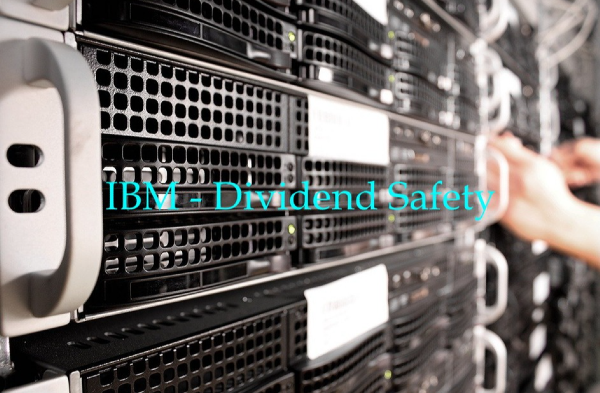


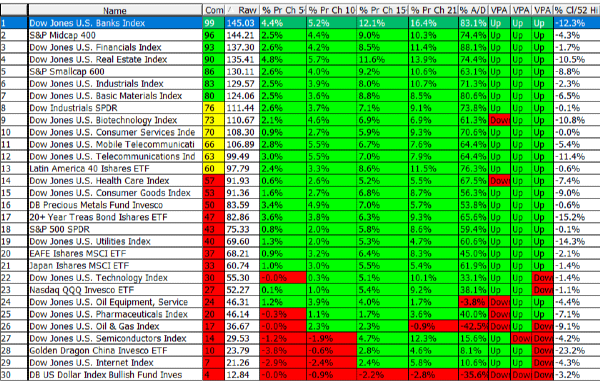
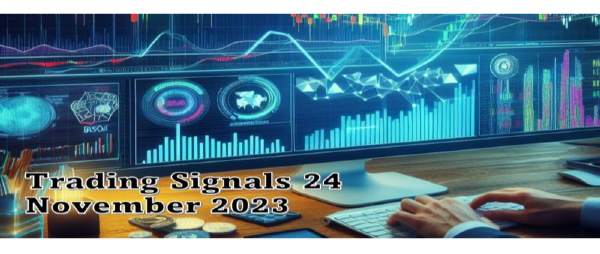
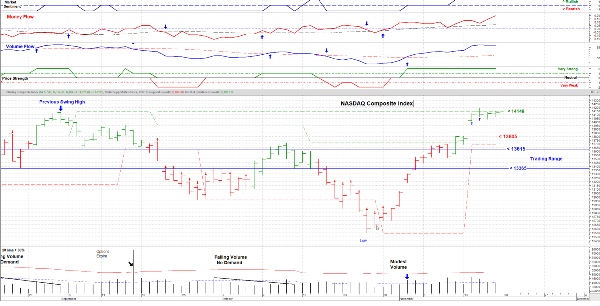


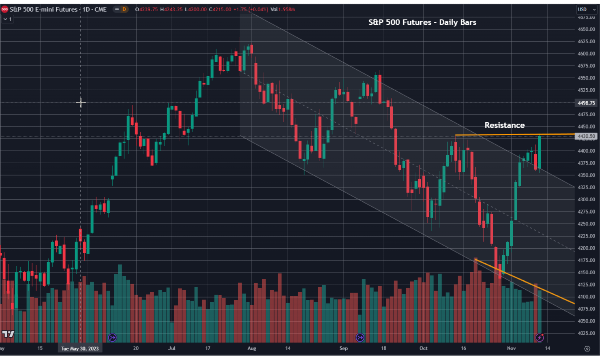
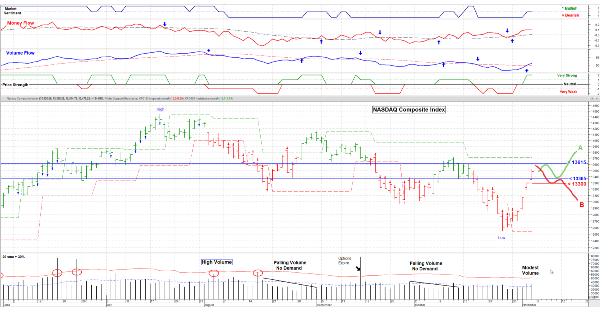




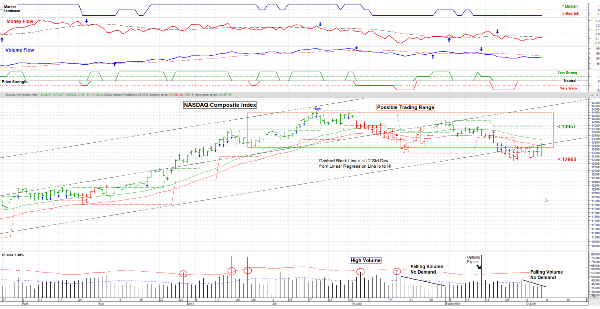


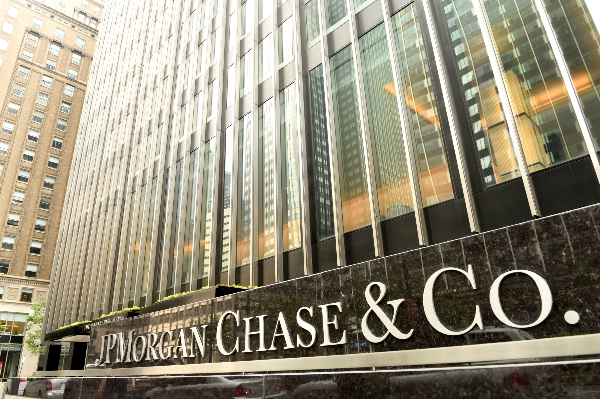
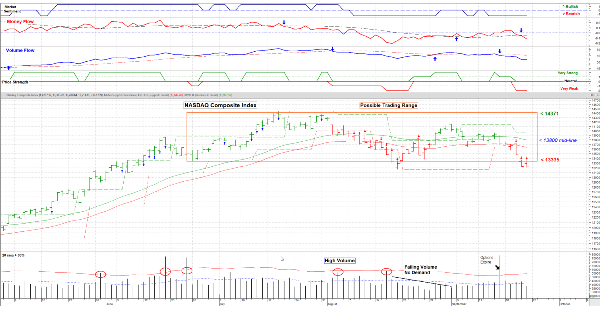
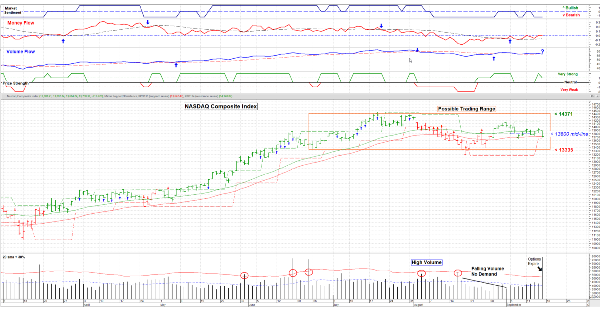
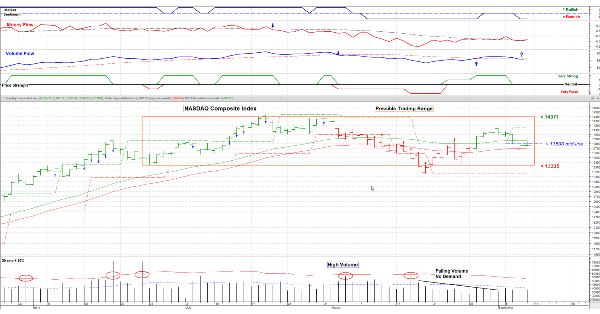









International Business Machines (IBM) is a stock investors love to hate. But after years of underperformance, the share price has recovered to levels last seen in early 2017.
Whether or not IBM’s organizational changes place it on a long-term growth trajectory is still being determined. However, spinning off Kyndryl Holdings (KD), which had declining revenue and was not profitable, helped. Next, the Red Hat acquisition has been a long-term plus, allowing IBM to grow in the hybrid cloud. Lastly, the firm recently acquired Apptio, positioning it for artificial intelligence (AI) growth.
The current CEO has made well-received changes—revenue and earnings per share are climbing. Consequently, the share price has risen. Moreover, IBM’s dividend safety has improved after a poor stretch.
Affiliate
Overview of IBM
IBM was founded in 1911. Today, it is a global information technology company that provides integrated enterprise solutions for software, hardware, and services. The company’s specialty is running mission-critical systems for large, multi-national customers and governments leveraging its mainframes, servers, and software. IBM typically provides end-to-end solutions.
After restructuring, IBM now sells software and hardware and provides consulting. The software business revolves around hybrid cloud, AI, and middleware, the software layer that connects applications and devices. The focus of AI is generative AI with watsonx. In hardware, IBM sells the zSystens mainframes, storage, and the Power-based servers. The company has a virtual monopoly in mainframes with a 90%+ market share.
Today, the company has three business segments: software, consulting, and infrastructure. IBM generated annual revenue of about $60,530 million in 2022 and $51,171 million in the last twelve months.
Source: IBM Investor Relations
Related Articles About IBM on Dividend Power
IBM Dividend Analysis
Dividend Growth
IBM is a long-time dividend payer and also a dividend growth stock. The company is one of the few that has paid a dividend consistently for 100+ years. IBM started this streak in 1916 and shows no signs of slowing down. IBM is also a Dividend Aristocrat and a Dividend Champion with 28 years of consecutive annual dividend growth.
The chart below shows the dividend and growth rate since 2007 superimposed over the stock price chart (in gray). The growth in the regular cash dividend has been approximately 8.1% in the past decade, 3.2% in the trailing 5-years, and 1.5% in the past 3-years. Dividend growth has slowed as revenue has declined and the payout ratio has risen.
Source: Portfolio Insight*
Dividend Yield
IBM’s dividend yield has consistently been about 4% to 4.5% since mid-2018. Occasionally, it has spiked above 5% and even 6%, a value few stocks can match. The forward dividend rate is currently $6.64 per share, resulting in a dividend yield of about 4.14%, below the 5-year average of 5.94%. However, it is around three times the average of the S&P 500 Index. Also, IBM is paying a dividend yield that an investor mostly finds in utility stocks and REITs.
Moreover, despite some COVID-19 pandemic-related pressures on revenue and the long-term decline of the top line in the past, IBM has not cut or suspended the dividend. This is a testament to historical dividend safety and the company’s commitment to paying dividends. Granted, IBM’s dividend safety has weakened due to long-term revenue declines and rising debt, but that has reversed.
Source: Portfolio Insight*
IBM’s Dividend Safety
We examine IBM’s dividend safety from the perspectives of earnings, free cash flow (FCF), and debt. It is essential to meet all three criteria. Granted, short-term fluctuations can result in a stock not meeting one. But those are usually transient and not long-term. Let’s do a deep dive into IBM’s dividend safety.
Earnings Perspective
According to the payout ratio formula, estimated earnings and the dividend rate result in a value of approximately 72.2%. The combination of lower earnings per share and increasing dividend rates has caused the ratio to climb in the past decade. We usually prefer a value of 65% or less. Hence, the calculated payout ratio is greater than we desire. That said, the percentage has declined after peaking in 2021. We expect that trend to continue because IBM’s dividend hikes are 1% or less.
Free Cash Flow Perspective
The dividend is significantly better covered by free cash flow. On a trailing basis, operating cash flow was $13,433 million in the last twelve months. Capital expenditures were $1,354 million, giving a free cash flow of $12,079 million. The dividend required $6,016 million in the past twelve months, offering a dividend-to-FCF ratio of about 50%. This is well below our requirement of 70%.
The cash flow required to pay the dividend increased from $3,473 million in 2011 to $5,948 million in 2022. The growth rate has slowed as IBM stopped issuing significant shares in 2015, and the dividend per share growth rate has slowed. It is unlikely that IBM will increase the dividend per share by more than low-single-digit percentages over the next few years because of growth initiates and leverage. Instead, IBM is focused on reducing its debt and bolt-on acquisitions to reinforce its hybrid cloud and AI strategy.
Debt Perspective
One challenge for IBM is its debt. IBM divides total debt into core debt and global financing debt. IBM’s total debt has risen in the past decade and most recently spiked for the RedHat acquisition. Since then, total debt has declined to about $55.2 billion at the end of Q3 2023.
Global financing debt is debt that IBM uses to finance sales to customers and OEM commercial financing to suppliers, distributors, and resellers of IBM products. Global finance debt is about $9.9 billion at the end of the third quarter of 2023. This dollar amount is decreasing yearly as IBM started winding down OEM commercial financing in 2019. This has the benefit of reducing total debt needs and reducing the risk of financing non-investment grade customers. That said, very little of this debt is past due for 90 days or more, and the default rate is very low. IBM has seemingly been prudent in managing this type of debt.
Source: IBM 2022 Annual Report
Core debt is operational debt for running the company and acquisitions. Core debt rose for the Red Hat acquisition, but since then, IBM has aggressively deleveraged and paid down more than $20 billion in debt. However, IBM has periodically increased debt for purchases and other operational needs. Core debt is now about $45.4 billion, offset by $11.0 billion in cash, equivalents, and marketable securities at the end of Q3 2023.
On a total debt basis, IBM’s leverage ratio reached 4.65X at the end of Q1 2020 at the time of the RedHat acquisition. This has come down to about 3.22X in the LTM. If we look only at core debt and cash, the leverage ratio decreases further. We expect the leverage ratio to decrease as the company continues to pay the debt according to its maturity cycle and not add a significant amount of new debt. Similarly, interest coverage went as low as 2.81X by the end of Q1 2020. This has reduced to about 6.13X in the LTM.
IBM has a solid credit rating as well. Standard & Poor’s gives IBM an A- rating for its senior long-term debt. Moody’s gives IBM an A3 rating for its senior long-term debt. Both ratings are investment grade at the upper medium grade. This means that IBM has a strong capacity to meet financial commitments.
Source: IBM 2022 Annual Report
Our deep dive into IBM’s dividend safety shows that dividend safety declined because the firm had difficulty generating top line growth and used debt to buy Red Hat. However, management deleveraged, reduced total debt, and increased liquidity.
Final Thoughts on IBM Dividend Safety Analysis
IBM was a stock that many people loved to hate because of the declining top line and rising debt under prior management. The acquisition of Red Hat has worked well in the hybrid cloud. Next, IBM is becoming a force in AI. Its consulting business is still robust, and the mainframe monopoly is intact. Dividend safety was declining but has stabilized and improved. Revenue and earnings per share are climbing while debt is decreasing. IBM should maintain its Dividend Aristocrat status.
Related Articles on Dividend Power
Originally Posted on dividendpower.org